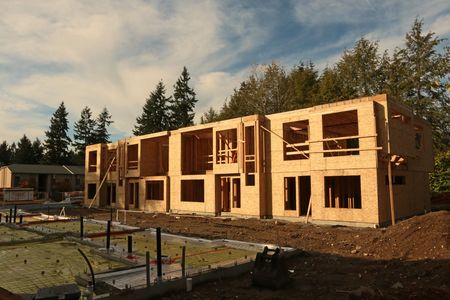Bellevue is a metropolitan center and the largest employment center on the Eastside. The city is also seeing unprecedented growth that is likely to continue as the nationwide trend toward urban living continues. This has resulted in a substantive increase in median home values and rentals.
To sustain Bellevue's livability and economic vitality, the city is working on multiple fronts to maintain and improve housing affordability here. Through its plans and policies, the city pursues opportunities to:
- Preserve neighborhood quality
- Expand the overall housing supply
- Maintain and increase affordable housing
- Attend to the special housing needs of individuals
- Prevent discrimination in housing
- Promote walkable, sustainable neighborhoods.
Please click the links below to explore the city's housing work.



